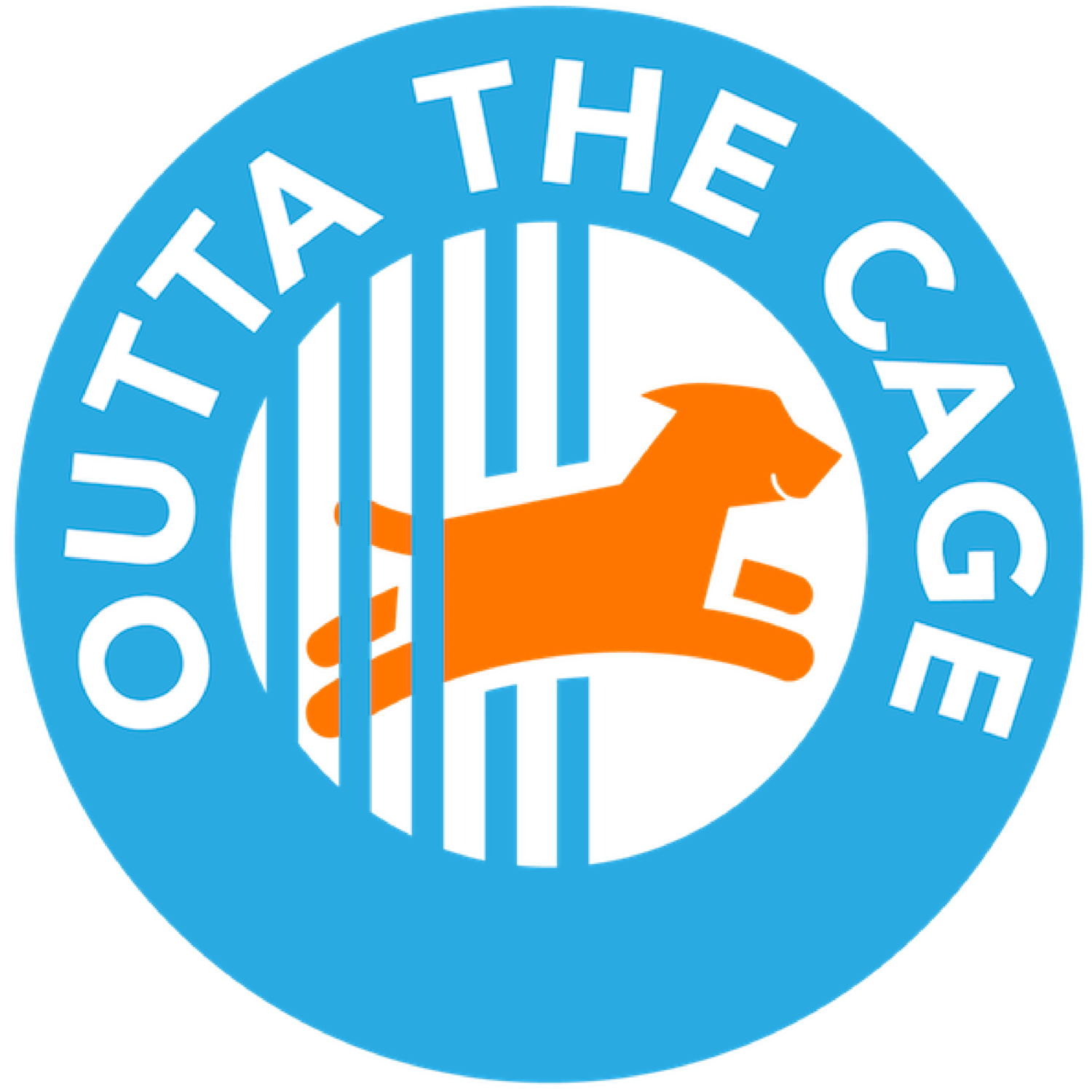The emerging trend of data for good
In which Jill advocates for housing, shelter dogs, and smashing the siloes.
Grassroots goodwill efforts have been around ever since the Good Samaritan hauled a stranger out of the road, proving that upper body strength could be effective currency back in the day. Giving is satisfying. But grassroots goodwill efforts don’t always scale.
For instance, imagine if three carpenters agreed to help an underprivileged family repair their rundown house. In reality, the family needs a carpenter, a plumber, and an electrician. The talents of two of the carpenters would be wasted.
Now imagine if Habitat for Humanity decides to help five families with new housing. Habitat can organize carpentry, electrical, and plumbing resources, clustering the work by neighborhood and scheduling when repairs are done to ensure that talent is available. Efficient use of resources is proportional to the resulting benefits.
I have firsthand experience with this conundrum. I’m Executive Director of a nonprofit that maintains data and I’ll admit: sometimes it feels like a mere petri dish for what could be a broader, more global discovery enterprise.
Many of you know of my volunteer work in animal shelters in some of L.A.’s grittier neighborhoods. For those who don’t, our nonprofit, Outta the Cage, networks shelter dogs who are at risk for euthanasia. We travel to shelters around southern California and video these dogs, then post the videos on social media. Friends on Facebook and Instagram share with their friends, and so on.
Many of these dogs are old or sick. Others are so-called dominant breeds that make potential adopters nervous. Still others, like Chihuahuas or pit bulls, are a dime a dozen. (These two breeds have the highest chance of getting euthanized to free up kennel space.) The hope is that the videos go viral and the dogs find their way to kind people who will adopt them. It’s working.
Posting the videos got me wondering whether dogs who were seen playing outside were more likely to be adopted than dogs who were filmed in their kennels. Did dogs in our videos leave the shelter sooner than dogs who simply have black-and-white still shots? And was so-called “black dog syndrome” — the belief that black dogs are more likely to be passed over by potential adopters — real? According to our data, to all of those questions, the answer is "yes."
In this age of open data, I searched for public reporting on shelter outcomes and was stunned by the lack of available information. Taxpayer-funded animal shelters aren’t accountable for improvements the way other municipal agencies might be. Moreover, shelters that do share their outcomes each have their own publishing frequency, data standards. and reporting formats.
If you work as a professional in a large company, all of this might sound familiar.
We’re just a small NGO doing our thing. There are other people who photograph shelter dogs. Some of them even keep data, but I’m not sure who they are, what trends they track, or what data they share.
What if pinpointing geographic and demographic areas with the highest pet overpopulation statistics could target intervention programs? What if we could predict the rescue group most likely to save a dog based on her characteristics? What if we could send visualizations to politicians that illustrated how pet overpopulation correlates with crime rates? What if we could start free spay and neuter programs in neighborhoods with the highest owner surrender rates? What if artificial intelligence could tell us whether a dog would be compatible with an interested family prior to finalizing the adoption?
What if?
Not surprisingly, companies and nonprofits are increasingly applying emerging technologies that generate compelling new findings. In the animal rescue world, a company called Adoptimize uses machine learning to capture the optimal photo of a shelter animal, highlighting its personality. Doobert uses data visualizations and mapping software to facilitate transporting animals out of high-kill regions to communities where shelters aren’t full. Both generate information that can help rescues and shelters understand success rates and save more pets.
“How wonderful would it be if the growth of scientific and technological innovation would come along with more equality and social inclusion,” mused… Pope Francis?!? Yup, even the Holy Father in his recent TED talk envisioned the potential for technology to drive social good.
Surely those of us in the technology field should be pondering it, too.

